U.S. Department of Education Federal Update, 8:30 - 10:00 a.m.
By Allie Arcese, Director of Communications
By Allie Bidwell, NASFAA Senior Reporter
Officials from the Department of Education (ED) kicked off the third day of the 2019 National Conference with an update on federal higher education policy and regulations.
During the Wednesday morning session, ED’s Lynn Mahaffie and Jeff Appel discussed a range of topics from federal appropriations for student aid and Pell Grant awards to forthcoming final regulations on accreditation, borrower defense, and gainful employment.
Attendees also heard from the recently-appointed Chief Operating Officer of Federal Student Aid (FSA), Mark Brown, who emphasized the need for institutions and federal employees to work together to best serve students.
“Our great society is depending on all of us to deliver,” Brown said, adding that due to the complex nature of the financial aid process, the “solution must be multifaceted as well.”
“The only way to position students and borrowers for success, to keep the promise, is to work together,” he said.
He went on to say that many college students today live in a digital world, and that it’s important for financial aid offices, as well as FSA to meet them where they are. In that vein, he said, FSA has pushed forward with its Next Generation Financial Services Environment (NextGen), including the development of the mobile FAFSA application, which 1.5 million students have used since October, Brown said.
Still, there’s more work to be done. Brown described the issue of student loan debt as a “wicked problem”—one that is difficult to solve due to incomplete or contradictory knowledge, a large number of people and opinions involved, a large economic burden, and the interconnected nature of the problem with other issues.
The mobile FAFSA app, he said, will provide more early awareness and financial literacy.
FSA, he said, will “very soon” begin requiring “advanced financial literacy” before being able to take out federal student loans.
“We want informed and educated borrowers, and we’ll continue to build out the app with content and tools that assist our customers all the way through to repayment,” he said. “Again, we all win when students can easily plan and budget for their education. We all win when students clearly understand the true cost of their loan, and their responsibility and options through repayment. Better informed borrowers become better informed consumers. All of this will help drive a better student experience and a more successful American economy, and a more balanced portfolio.”
FSA will also continue to personalize the experience of applying for, receiving, and repaying loans, Brown said, through a functionality that would allow students to see how much they owe in federal loans, what options are available for repayment, and how the options could impact the total amount owed over time.
“Partnering with all of you, we can develop informed consumers who benefit early in life from financial literacy,” he said. “That’s what we should all want. And I believe it’s a realistic expectation, coming this fall, of what we will achieve.”
FSA is also working to develop a new “digital front door” that will consolidate multiple customer-facing websites into studentaid.gov. Also coming soon, he said, is the development of a chatbot using artificial intelligence, and a pilot program for the payment vehicle account for students.
Mahaffie and Appel reviewed the Department of Education’s (ED) recently convened negotiated rulemaking sessions focusing on accreditation and innovation, borrower defense to repayment, and gainful employment. ED recently published a Notice of Proposed Rulemaking (NPRM) for the accreditation regulations, and is expected to publish two more focusing on distance learning and innovation, and the Teacher Education Assistance for College and Higher Education (TEACH) Grant program and faith-based entities in the near future.
Mahaffie added that after publishing NPRMs for the borrower defense and gainful employment regulations, ED received roughly 32,000 and 14,000 comments from the public, respectively, and is working to review those before publishing final regulations. ED anticipates publishing final borrower defense regulations before Nov. 1, 2019, Mahaffie said, and final gainful employment regulations “soon.”
Appel gave a recap of changes to student aid programs as a result of the fiscal year 2019 spending package, which included a boost to the maximum Pell Grant award (to $6,195) and expanded FAFSA data-sharing language.
Attendees will hear more about administering disbursements, academic calendars, the 2020-21 draft FAFSA, and verification in sessions facilitated by ED officials on Wednesday.
Publication Date: 6/26/2019
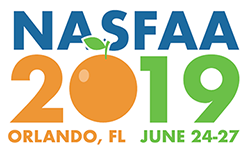




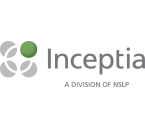

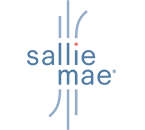
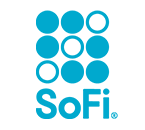


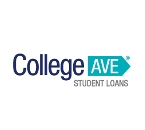
Angela C | 6/27/2019 1:16:22 PM
Did Dept. of Ed define "soon". I was told I'd get something "soon" and it was more than a year.... that's not "soon" to me.
You must be logged in to comment on this page.